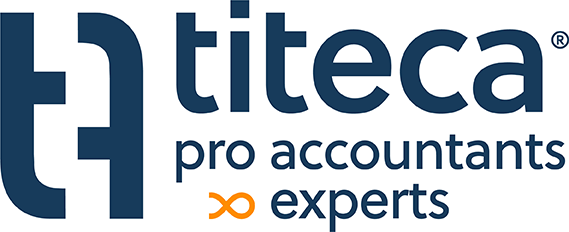With the budget agreement for 2024, the government intended to make some adjustments within the widely known system of flexi-jobs. Indeed, the flexi-job statute offers the opportunity for certain employees as well as pensioners to earn a little extra on favorable terms and in a (fiscally) advantageous manner.
In late 2023, the government's intentions regarding changes to this statute were officially passed into law, effective January 1, 2024. In this article, we like to list the final changes.
More sectors for flexi-jobs
In addition to the current 10 sectors, since Jan. 1, 2024, it is possible to use flexi-jobs in the following 12 new sectors:
| Garage company
(PC 112) |
Moving companies
(PC 140.05) |
| Food Industry
(PC 118.03, 118.07, 118.08, 118.09, 118.10, 118.11, 118.12, 118.14, 118.21, 118.22) |
Real Estate
(PC 323) |
| Funeral homes
(PC 322) |
Bus Transportation
(PC 140.01) |
| Agriculture and horticulture sector
(PC 144, 145, 132) |
Events sector
(NACE 90011, 90012, 90022, 90023, 90029, 90031, 90032, 90041, 90042, 82300, 93199, 77292, 77293, 77392, 77399 and 82300) |
| Driving schools and training centers
(PC 200 - NACE 85.531) |
Childcare
(PC 331 - NACE 88.91) |
| Education | Public sports and cultural sector
(NACE 93.1 or 90) |
The social partners of each new sector and any sector not listed above have the option to annually assess the need for flexi-jobs within their respective sector.
Thus, the new sectors have the ability to decide whether or not to allow flexi jobs (so-called "opt-out"). However, sectors where flexi jobs were already possible before the expansion do not have the option to exclude flexi jobs.
Other sectors where flexi-jobs are still not possible today - after enlargement - have the possibility of introducing flexi-jobs (so-called "opt-in").
New restrictions and rules around flexi jobs
Increase in patron charges to 28%
Although as a flexi-jobber you pay no taxes or social contributions on your flex pay, on the other hand, a special NSSO employer contribution is due. This is increased in the new regulation from 25% to 28%.
Ceiling for flexi-job income
Since 2024, the tax exemption for a flexi-job employee has been capped at 12,000 EUR per year. Flexi-job income above this amount will be effectively taxed.
The government is currently working on an online application that will allow flexi-jobbers to track their income for a given year. This tool will also normally notify you when the income ceiling is (almost) exceeded.
For legally retired - over 65 years of age - there is no income ceiling: they will be allowed to earn unlimited additional income. For early retirees, the normal income restrictions will continue to apply unabated (for 2024, the annual limit is EUR 9,850).
Minimum and maximum wage
Since Jan. 1, 2024, every flex-job employee, except in the hospitality industry, must always have the sectoral minimum wage For the relevant function within the sector receive.
In order to prevent abuses, the government also decided to introduce a maximum wage enter. The flexi wage including all premiums, allowances and benefits, may maximum 150% of the basic salary for that position. However, the sectors can still deviate from this via collective bargaining agreement.
Anti-abuse provisions
No flexi job with related employer
In order to flexi-job as a non-retiree, you must be able to do so during the 3the quarter for the flexi-job at least a 4/5e - employment Have at one (or more) other employer(s).
Starting in 2024, the concept of "other employer" will be slightly tightened: it is now also prohibited to employ a flexi-job employee in a company that is attached to your company linked is.
To determine whether there is affiliation between two companies, one looks at the definition as defined in Article 1:20 of the Code of Companies and Associations. Examples of "related companies" include parent and subsidiary companies and companies under central management (so-called "consortium").
Waiting period when switching from full-time to 4/5e - employment
Finally, since Jan. 1, 2024, there is also an additional requirement for employees who switch from full-time to 4/5e - employment.
If you choose to reduce your full-time job to a 4/5e - employment that you will combine with a flexi job, you will have a waiting period from 6 months (2 quarters) have to respect. This waiting period - during which you will not be allowed to flexi-job - starts in the third quarter after the switch.
For example:
Lies decides to go 4/5 from Jan. 1, 2024.e to work at her current employer to assist as a flexi-job in her friend's catering business.
Because of the new arrangement, Lies will be allowed to do a flexi job during the period from April 2024 to September 2024, but not during the period from October 2024 to March 2025. This is because the 6-month waiting period starts in the third quarter after the switch. Starting in April 2025, Lies will be allowed to flexi-job again.
Do not hesitate to contact us here contact us with questions.
Unsure of the right approach for your business? Then make an appointment here with our pro experts!




